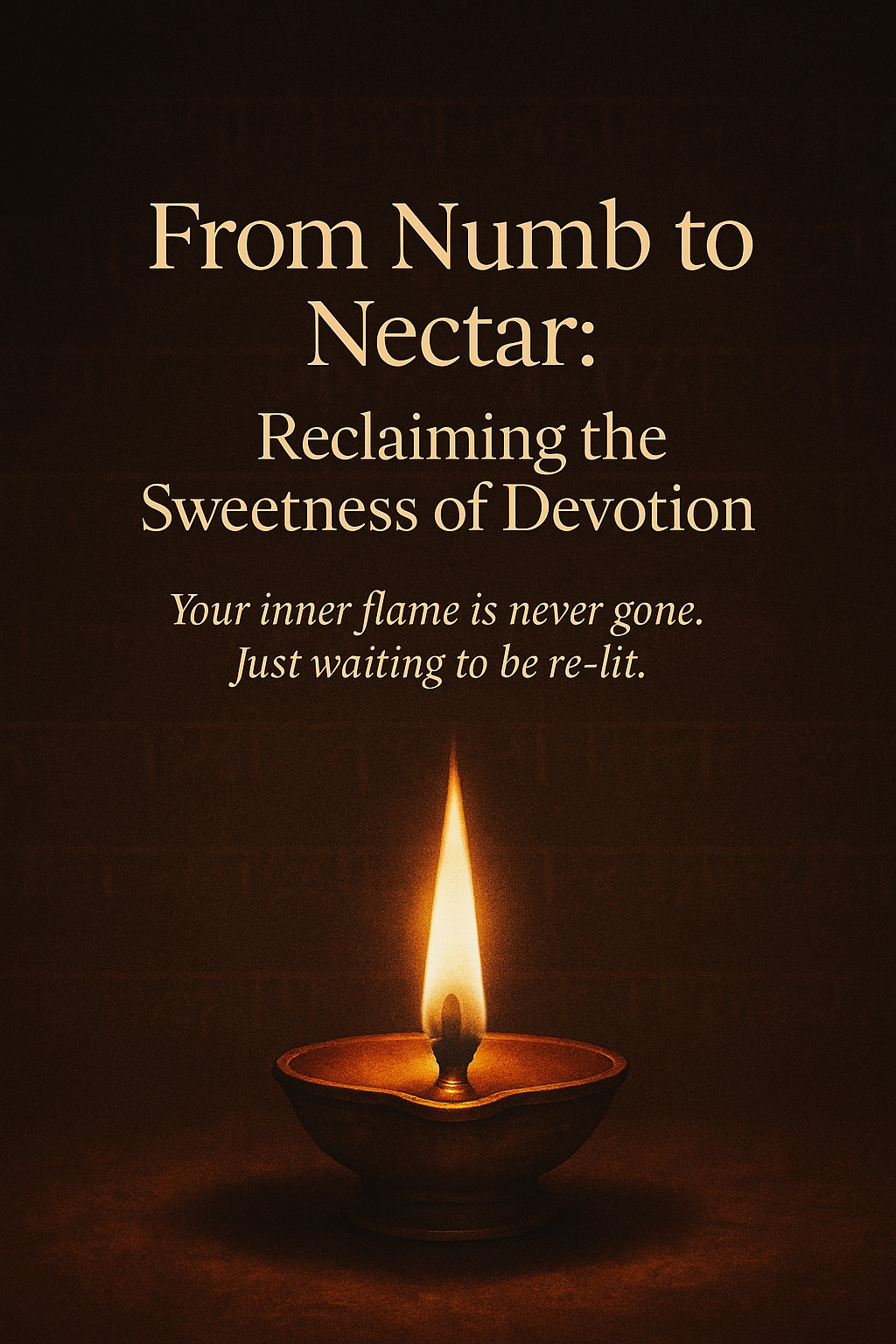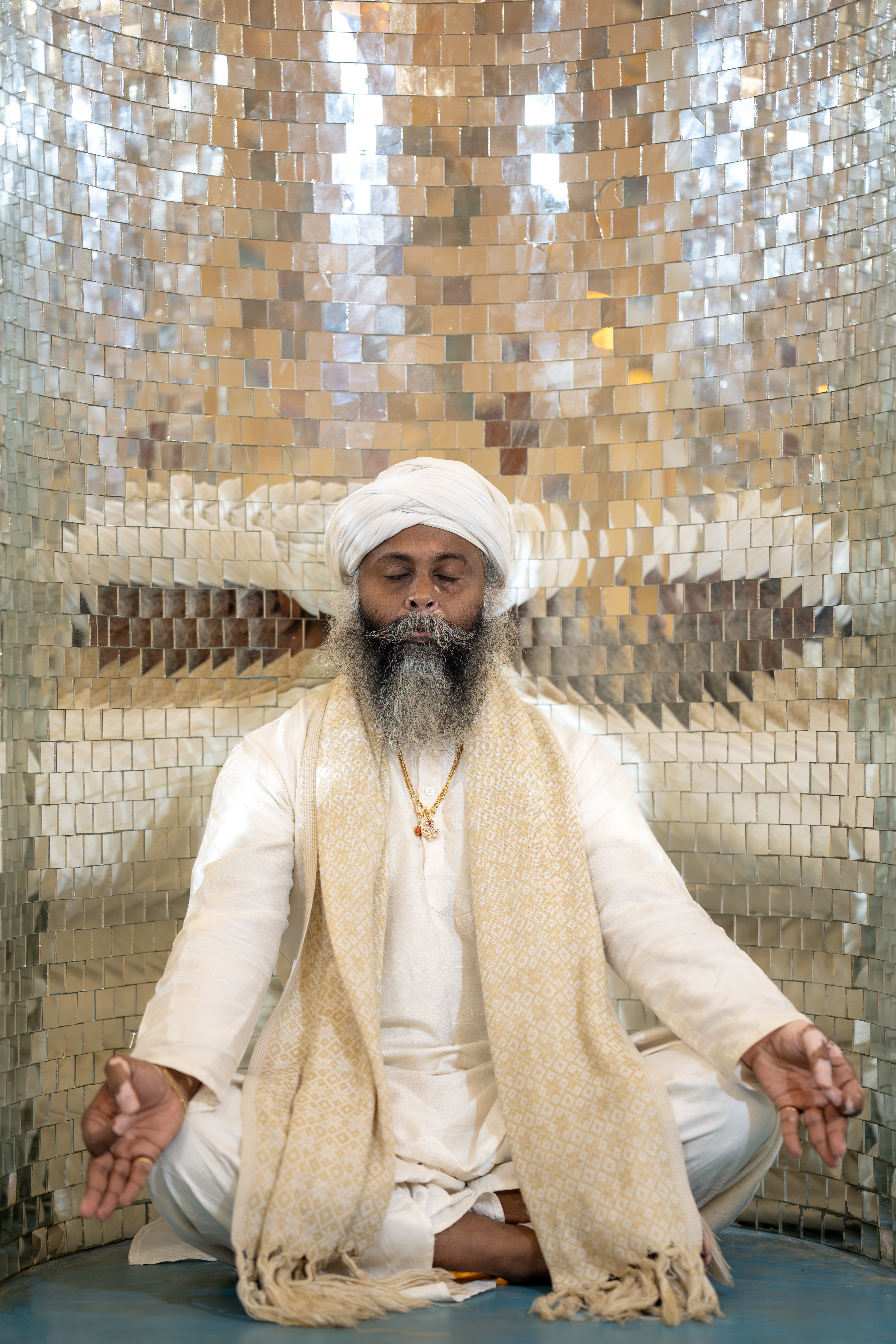The blog post delves into the complex paradox of love, emphasizing the tension between the deep yearning for connection and the fear of vulnerability it demands. In today's quick-paced world, relationships often remain superficial, a pattern Osho critiques as "hit-and-run love affairs," where the desire for convenience eclipses the need for meaningful engagement. This superficiality stems from a fear of intimacy and the potential pain associated with deep emotional entanglement.
True love, as highlighted, requires profound courage to face uncertainties and vulnerabilities. It is in the depth of these connections that individuals experience personal growth through vulnerability, healing through shared experiences, and the discovery of true intimacy. Embracing this depth transforms the nature of love, moving beyond mere possession or perfection towards unconditional sharing and understanding.
Maturity in love is framed as the willingness to encounter its inherent challenges, understanding that facing pain can lead to spiritual and emotional development. It challenges readers to reflect on their own approach to love, urging them to abandon the pursuit of mere gratification in favor of deep, meaningful relationships that foster growth. The message is a call to engage in the transformative journey of love, acknowledging its potential for both joy and pain.
Osho's insights delve into the paradox of love, highlighting it as both a cherished and challenging human experience. In our fast-paced world, love often morphs into fleeting, superficial encounters, reflecting an avoidance of true intimacy and depth. This behavior stems from a fear of vulnerability and the potential pain that accompanies deep connections, leading many to engage in transient relationships rather than embrace the transformative nature of love.
The societal tendency towards "hit-and-run love affairs" underscores a preference for convenience and distraction over genuine commitment and intimacy. Osho argues that true love requires the courage to face uncertainties and the willingness to grow through vulnerability. By allowing ourselves to be seen in our entirety—strengths, weaknesses, and dreams—we enhance self-awareness and create opportunities for healing and transformation.
Maturity in love is achieved by accepting its inherent challenges and understanding that pain is part of the growth process. Encountering and overcoming these trials lead to a deeper, more authentic existence where joy and pain coexist as catalysts for spiritual evolution. Osho's message serves as a reminder to face the depths of love courageously, embracing its difficulty as a path to genuine fulfillment and self-discovery.
Read more...The ancient Sanskrit mantra "Om Sarve Bhavantu Sukhinah" embodies a profound call for compassion, unity, and peace by urging the collective well-being of all beings. Rooted in the Vedic tradition, it articulates a universal wish for happiness, health, and freedom from suffering. Its lines emphasize holistic wellness, the perception of auspiciousness, and the heartfelt desire for the cessation of pain, concluding with an invocation for peace.
In our interconnected world, this mantra serves as a timeless reminder that true happiness arises from inclusivity and selflessness, inviting us to transcend individual concerns. By aligning with this universal vision of love and unity, we are called to actively participate in creating a world where peace and joy are shared realities, benefiting everyone. Applying this mantra in our daily lives through reflection, acts of kindness, and community engagement fosters a sense of collective purpose and inner tranquility.
Amid today's global challenges, the mantra is particularly relevant, reminding us of the power of collective intention. It encourages us to rise above egoistic pursuits and attune ourselves to a higher vibration of unconditional love and compassion. By incorporating the essence of "Om Sarve Bhavantu Sukhinah" into our thoughts and actions, we embrace the role of stewards of universal well-being, striving to bring happiness, health, and peace to all.
Read more...The blog post delves into a profound three-step process in Vedanta for achieving complete Awakening and Realization: Shravana (hearing), Manana (contemplation), and Nididhyasana (abidance). These stages guide seekers from intellectual understanding to experiential wisdom, ultimately leading them to live in Truth. This transformative journey involves a deep listening with the Heart during Shravana, a careful discernment during Manana, and a natural, peaceful state of being in Nididhyasana.
In Shravana, the seeker learns to differentiate between worldly and divine hearing. The guidance of a Guru becomes pivotal as the seeker opens to authentic hearing, allowing the teachings to penetrate and transform. The process requires the seeker to turn life force inward, fostering a discipline of listening that transcends mundane hearing.
Manana involves a contemplative phase where seekers deeply reflect on the teachings and discern reality from illusion. Here, the challenge is to manage vasanas while maintaining focus on the Divine goal. Ultimately, in Nididhyasana, the truth is lived effortlessly, resulting in a spontaneous and natural experience of the Self, characterized by unwavering peace and freedom from mental conflict. With the Guru's grace and consistent effort, the practitioner journey towards Liberation, anchored in the principles of Shravana, Manana, and Nididhyasana.
Read more...Consciousness is the essence of our existence, intricately woven from the twin components of arousal and awareness. Arousal, regulated by the reticular activating system in the brainstem, is the physiological process that determines our state of wakefulness and readiness to engage with the world. It spans a continuum from deep sleep to heightened alertness, setting the stage for awareness to arise.
Awareness, on the other hand, is the subjective experience of being conscious, encompassing the recognition and interpretation of internal and external stimuli. It adds richness to our conscious experience by enabling self-perception and abstract thinking, and it exists on a spectrum from minimal awareness to transcendent states found in spiritual practices. Awareness builds upon the foundation of arousal but transcends mere wakefulness to include depth and nuance in conscious experience.
The relationship between arousal and awareness is symbiotic, where arousal sets the groundwork, and awareness refines and directs our experience. This dynamic interplay is crucial in various states of consciousness, such as dreaming and meditation, which highlight different balances of arousal and awareness. Understanding this relationship offers insights into optimal consciousness states, altered states through practices like meditation, and the deeper dimensions of consciousness beyond the physical realm.
Read more...Time is an intricate and essential dimension of human life that significantly shapes our experiences, emotions, and growth. By allowing events to unfold sequentially, time imparts depth and meaning to each moment, offering us the opportunity to reflect, learn, and evolve. It grants structure to our choices, helping us navigate the complexities of life and appreciate the richness of our personal journeys.
Viewed as a blank canvas, time is integral to creativity and storytelling, providing the progression necessary for narratives and personal transformations. It functions as a healer, enabling us to move past experiences and build lives with purpose and intention. From a spiritual perspective, time is a profound teacher, instilling in us patience, resilience, and an appreciation for the present moment, harmonizing with the rhythmic flow of nature and existence.
To truly benefit from the gift of time, one must learn to embrace its flow and trust in the unfolding processes it governs. By savoring the present, honoring life's natural progression, and practicing patience, we align with time’s rhythm, celebrating personal growth and transformation. Recognizing time as an enabler rather than a constraint allows us to appreciate its divine design, welcoming its order and wisdom as we navigate life's journey.
Read more...
